| Availability: | |
|---|---|
| Quantity: | |
| Product Name | adhesive neodymium magnets |
| Material | Neodymium Magnet/Permanet Magnet |
| Size | Various kinds or according to customers' request |
| Shape | Disc, Block, Ring, Countersunk, Segment, Trapezoid, Irregular shapes are available, Or Customized Shapes |
| Grade | N35-N52, N35M-N50M, N33H-N48H, N30SH-N35SH and so on |
| Tolerance in size | +/-0.05 mm |
| Direction of magnetisation | Through the thickness or through the diameter |
| Applications | 1. Electronic areas: speakers, headphones, acoustics, sensors and so on. 2. Motor areas: generators, servo motors, micro-motors, vibration motors, elevator motor and so on. 3. Clean Tech Energy: Water flow enhancement, wind turbines. 4. Health care: MRI, medical treatment equipment. 5. Other industries: electric doors and windows, electric vehicle, electric bicycles, computer, phone, boxes, magnetic tools, notebook and so on |
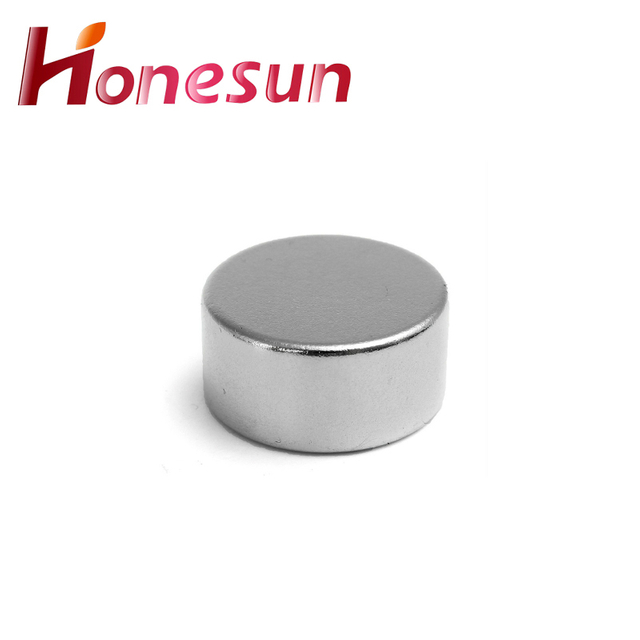
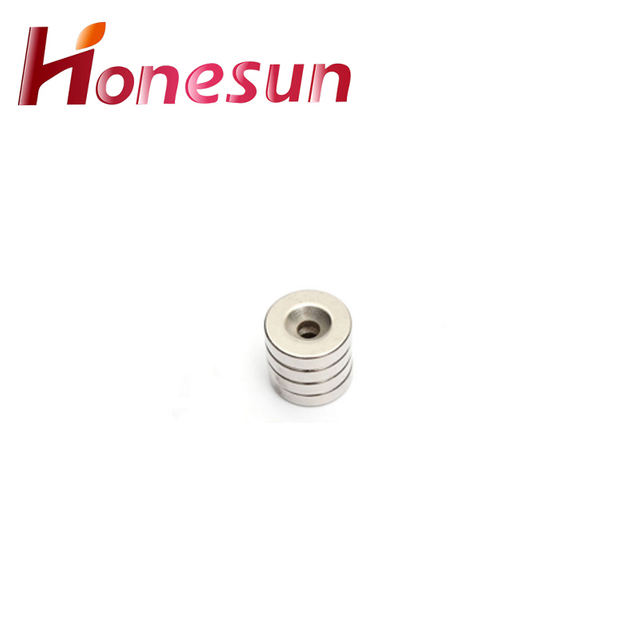
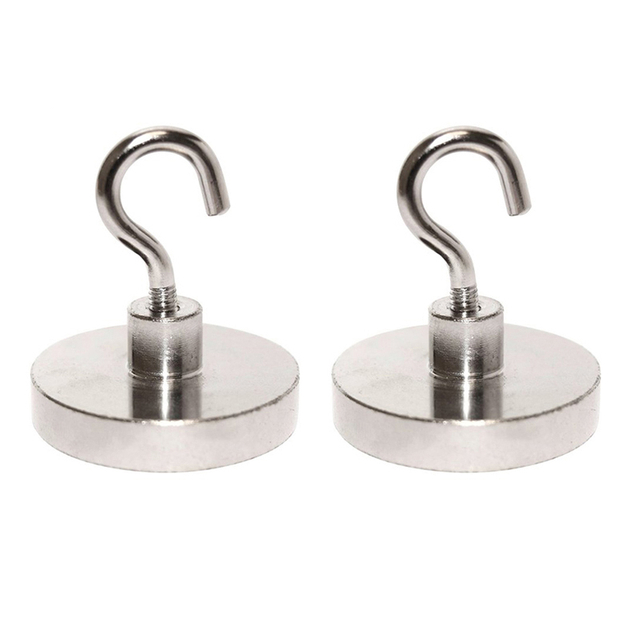
1.What is the weight-to-strength ratio of adhesive neodymium magnets?
The weight-to-strength ratio of Neodymium Magnets is typically around 1:10, meaning that for every gram of weight, the magnet can hold 10 times its weight in force.
2.How do adhesive neodymium magnets compare to Samarium Cobalt Magnets?
adhesive neodymium magnets is not a product only, but also can help you comes to money-making. Neodymium magnets are the strongest type of permanent magnet available, and they are much stronger than samarium cobalt magnets. Neodymium magnets are also much more affordable than samarium cobalt magnets, making them the more popular choice for many applications. Neodymium magnets are also more resistant to corrosion and temperature changes than samarium cobalt magnets.
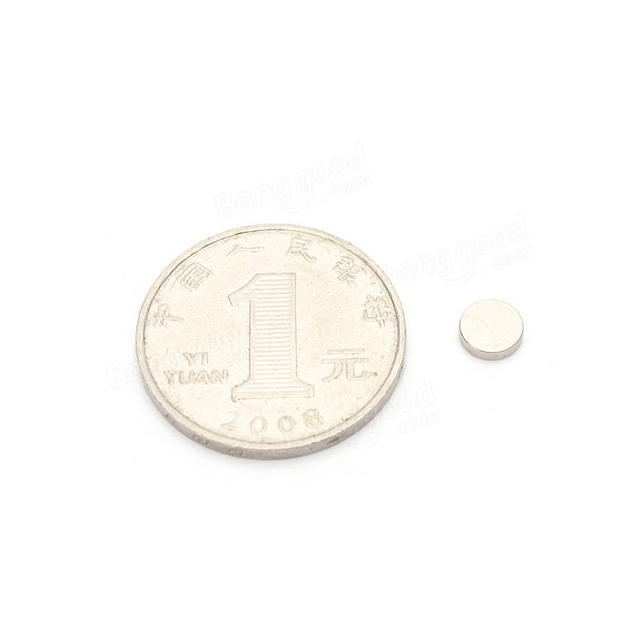
3.Can adhesive neodymium magnets damage credit cards or electronic devices?
Being one of the top adhesive neodymium magnets manufacturers in China, We attach great importance to this detail. No, neodymium magnets will not damage credit cards or electronic devices. However, it is important to keep in mind that neodymium magnets are very powerful and can cause damage to other magnetic materials, such as hard drives, speakers, and other electronic components. Therefore, it is important to keep neodymium magnets away from any electronic devices.
4.Are adhesive neodymium magnets affected by external magnetic fields?
We adhere to the principle of quality first and have a complete production quality management system and quality inspection process. Yes, neodymium magnets can be affected by external magnetic fields. They can be attracted to or repelled by other magnets, and their magnetic fields can be weakened or strengthened by other magnetic fields.
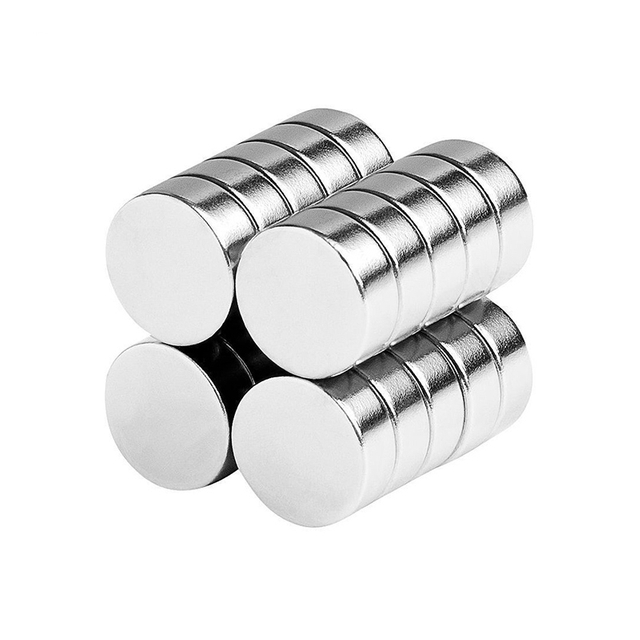
5.Are there any health risks associated with adhesive neodymium magnets?
We adhere to the principle of quality first and have a complete production quality management system and quality inspection process. Yes, there are some health risks associated with neodymium magnets. If swallowed, they can cause serious injury or even death. They can also pinch skin and cause cuts or bruises if handled improperly. Additionally, they can interfere with pacemakers and other medical devices.
6.How are adhesive neodymium magnets used in medicine?
We have established long-term and stable partnerships with our suppliers, so we have great advantages in price and cost and quality assurance. Neodymium magnets are used in medicine for a variety of purposes. They are used in Magnetic Resonance Imaging (MRI) machines to create a strong magnetic field that can be used to create detailed images of the body. They are also used in Magnetic Resonance Angiography (MRA) to create images of blood vessels. Neodymium magnets are also used in Magnetic Particle Imaging (MPI) to detect and image magnetic particles in the body. Finally, they are used in Magnetic Hyperthermia Therapy (MHT) to heat up cancerous cells and destroy them.
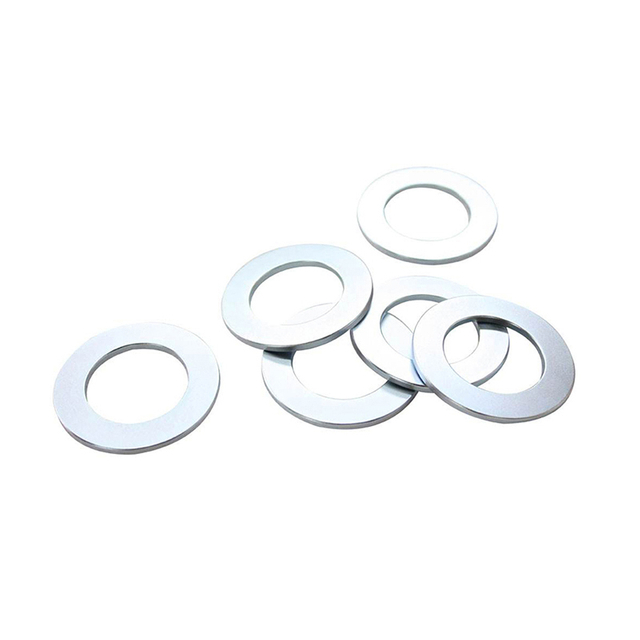
7.About adhesive neodymium magnets MOQ
The minimum order quantity (MOQ) for neodymium magnets varies depending on the supplier. Generally, the MOQ is between 1 and 10 pieces, but some suppliers may require a higher MOQ.
8.How are adhesive neodymium magnets used in the military?
Neodymium magnets are used in the military for a variety of applications. They are used in navigation systems, guidance systems, and sensors. They are also used in weapons systems, such as magnetic mines, and in the guidance systems of missiles and torpedoes. Neodymium magnets are also used in the construction of military vehicles, such as tanks and aircraft, to reduce their weight and improve their performance.
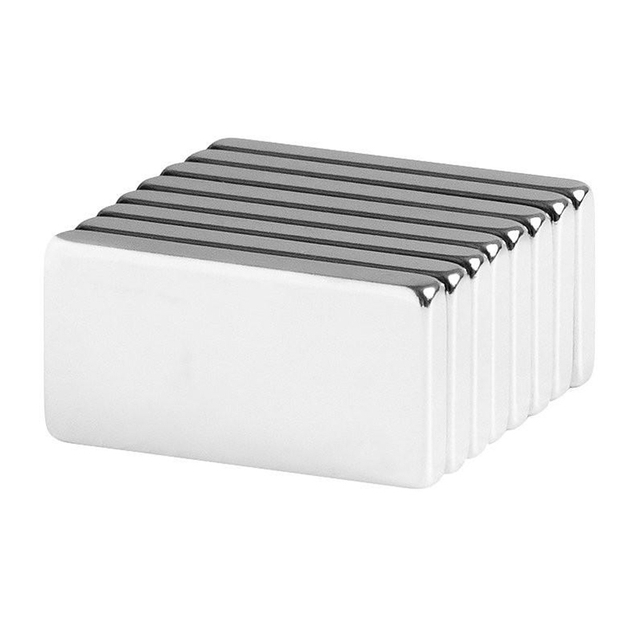
9.Can adhesive neodymium magnets be magnetized in different directions?
Yes, neodymium magnets can be magnetized in different directions. This is done by using a special magnetizing tool that applies a magnetic field in the desired direction.
10.Are there any restrictions on the production or use of adhesive neodymium magnets?
Yes, there are restrictions on the production and use of neodymium magnets. Neodymium magnets are subject to the European Union's Restriction of Hazardous Substances (RoHS) directive, which restricts the use of certain hazardous materials in electrical and electronic equipment. Additionally, neodymium magnets are subject to the International Maritime Organization's (IMO) International Maritime Dangerous Goods (IMDG) Code, which regulates the transport of hazardous materials by sea. Finally, neodymium magnets are subject to the United Nations' International Atomic Energy Agency (IAEA) regulations, which regulate the use of radioactive materials.
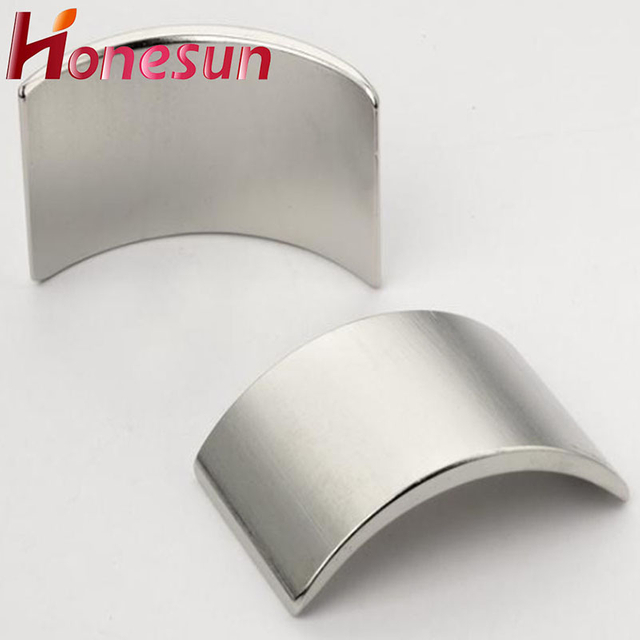
11.What is the manufacturing process for adhesive neodymium magnets?
Our adhesive neodymium magnets products undergo strict quality control to ensure customer satisfaction. 1. Raw Material Preparation: Neodymium magnets are made from an alloy of neodymium, iron, and boron. The raw materials are melted together in a vacuum induction furnace to create a homogenous alloy. 2. Compacting: The molten alloy is then poured into a die and compacted under high pressure to form a solid block. 3. Sintering: The compacted block is then heated in a vacuum furnace to sinter the material, which increases its strength and magnetic properties. 4. Machining: The sintered block is then machined into the desired shape and size. 5. Magnetizing: The machined magnet is then magnetized by exposing it to a strong magnetic field. This process aligns the magnetic domains within the material, creating a permanent magnet.
12.What are the properties of adhesive neodymium magnets?
We focus on innovation and continuous improvement to maintain a competitive advantage. 1. Neodymium magnets are the strongest type of permanent magnet available. 2. They are composed of an alloy of neodymium, iron, and boron. 3. They have a high resistance to demagnetization. 4. They have a high coercivity, meaning they can maintain their magnetic properties even in the presence of other magnetic fields. 5. They have a high energy density, meaning they can generate a strong magnetic field in a small volume. 6. They are brittle and prone to cracking or shattering if dropped or handled improperly. 7. They are susceptible to corrosion if not properly coated.
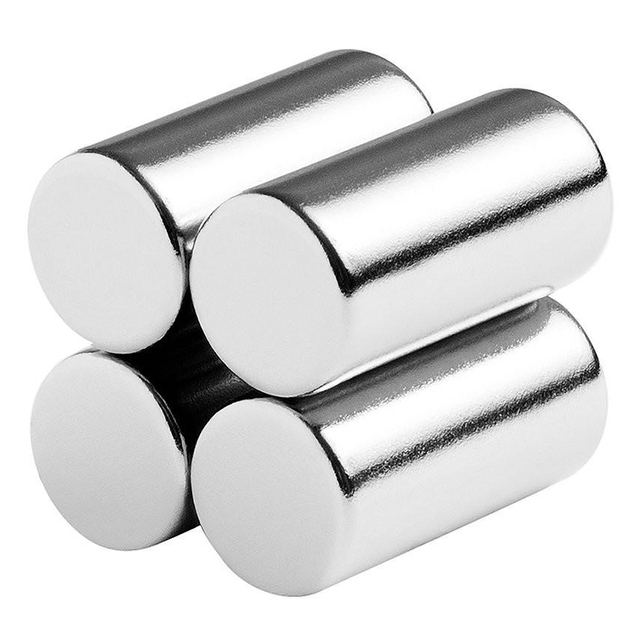
13.What are the common uses of adhesive neodymium magnets?
We operate our adhesive neodymium magnets business with integrity and honesty. 1. Motors: Neodymium magnets are used in the production of electric motors, such as those found in cordless tools, hard disk drives, and electric vehicles. 2. Speakers: Neodymium magnets are used in the production of loudspeakers, headphones, and microphones. 3. Sensors: Neodymium magnets are used in the production of sensors, such as those found in medical imaging equipment. 4. Generators: Neodymium magnets are used in the production of generators, such as those found in wind turbines. 5. Magnetic Separation: Neodymium magnets are used in the production of magnetic separators, such as those found in recycling plants. 6. Jewelry: Neodymium magnets are used in the production of jewelry, such as magnetic bracelets and necklaces.
14.What is the maximum pulling force of a Neodymium Magnet?
We focus on innovation and continuous improvement to maintain a competitive advantage. The maximum pulling force of a Neodymium magnet depends on the size and shape of the magnet, but generally ranges from 10 to 200 pounds.

| Product Name | adhesive neodymium magnets |
| Material | Neodymium Magnet/Permanet Magnet |
| Size | Various kinds or according to customers' request |
| Shape | Disc, Block, Ring, Countersunk, Segment, Trapezoid, Irregular shapes are available, Or Customized Shapes |
| Grade | N35-N52, N35M-N50M, N33H-N48H, N30SH-N35SH and so on |
| Tolerance in size | +/-0.05 mm |
| Direction of magnetisation | Through the thickness or through the diameter |
| Applications | 1. Electronic areas: speakers, headphones, acoustics, sensors and so on. 2. Motor areas: generators, servo motors, micro-motors, vibration motors, elevator motor and so on. 3. Clean Tech Energy: Water flow enhancement, wind turbines. 4. Health care: MRI, medical treatment equipment. 5. Other industries: electric doors and windows, electric vehicle, electric bicycles, computer, phone, boxes, magnetic tools, notebook and so on |



1.What is the weight-to-strength ratio of adhesive neodymium magnets?
The weight-to-strength ratio of Neodymium Magnets is typically around 1:10, meaning that for every gram of weight, the magnet can hold 10 times its weight in force.
2.How do adhesive neodymium magnets compare to Samarium Cobalt Magnets?
adhesive neodymium magnets is not a product only, but also can help you comes to money-making. Neodymium magnets are the strongest type of permanent magnet available, and they are much stronger than samarium cobalt magnets. Neodymium magnets are also much more affordable than samarium cobalt magnets, making them the more popular choice for many applications. Neodymium magnets are also more resistant to corrosion and temperature changes than samarium cobalt magnets.

3.Can adhesive neodymium magnets damage credit cards or electronic devices?
Being one of the top adhesive neodymium magnets manufacturers in China, We attach great importance to this detail. No, neodymium magnets will not damage credit cards or electronic devices. However, it is important to keep in mind that neodymium magnets are very powerful and can cause damage to other magnetic materials, such as hard drives, speakers, and other electronic components. Therefore, it is important to keep neodymium magnets away from any electronic devices.
4.Are adhesive neodymium magnets affected by external magnetic fields?
We adhere to the principle of quality first and have a complete production quality management system and quality inspection process. Yes, neodymium magnets can be affected by external magnetic fields. They can be attracted to or repelled by other magnets, and their magnetic fields can be weakened or strengthened by other magnetic fields.

5.Are there any health risks associated with adhesive neodymium magnets?
We adhere to the principle of quality first and have a complete production quality management system and quality inspection process. Yes, there are some health risks associated with neodymium magnets. If swallowed, they can cause serious injury or even death. They can also pinch skin and cause cuts or bruises if handled improperly. Additionally, they can interfere with pacemakers and other medical devices.
6.How are adhesive neodymium magnets used in medicine?
We have established long-term and stable partnerships with our suppliers, so we have great advantages in price and cost and quality assurance. Neodymium magnets are used in medicine for a variety of purposes. They are used in Magnetic Resonance Imaging (MRI) machines to create a strong magnetic field that can be used to create detailed images of the body. They are also used in Magnetic Resonance Angiography (MRA) to create images of blood vessels. Neodymium magnets are also used in Magnetic Particle Imaging (MPI) to detect and image magnetic particles in the body. Finally, they are used in Magnetic Hyperthermia Therapy (MHT) to heat up cancerous cells and destroy them.

7.About adhesive neodymium magnets MOQ
The minimum order quantity (MOQ) for neodymium magnets varies depending on the supplier. Generally, the MOQ is between 1 and 10 pieces, but some suppliers may require a higher MOQ.
8.How are adhesive neodymium magnets used in the military?
Neodymium magnets are used in the military for a variety of applications. They are used in navigation systems, guidance systems, and sensors. They are also used in weapons systems, such as magnetic mines, and in the guidance systems of missiles and torpedoes. Neodymium magnets are also used in the construction of military vehicles, such as tanks and aircraft, to reduce their weight and improve their performance.

9.Can adhesive neodymium magnets be magnetized in different directions?
Yes, neodymium magnets can be magnetized in different directions. This is done by using a special magnetizing tool that applies a magnetic field in the desired direction.
10.Are there any restrictions on the production or use of adhesive neodymium magnets?
Yes, there are restrictions on the production and use of neodymium magnets. Neodymium magnets are subject to the European Union's Restriction of Hazardous Substances (RoHS) directive, which restricts the use of certain hazardous materials in electrical and electronic equipment. Additionally, neodymium magnets are subject to the International Maritime Organization's (IMO) International Maritime Dangerous Goods (IMDG) Code, which regulates the transport of hazardous materials by sea. Finally, neodymium magnets are subject to the United Nations' International Atomic Energy Agency (IAEA) regulations, which regulate the use of radioactive materials.

11.What is the manufacturing process for adhesive neodymium magnets?
Our adhesive neodymium magnets products undergo strict quality control to ensure customer satisfaction. 1. Raw Material Preparation: Neodymium magnets are made from an alloy of neodymium, iron, and boron. The raw materials are melted together in a vacuum induction furnace to create a homogenous alloy. 2. Compacting: The molten alloy is then poured into a die and compacted under high pressure to form a solid block. 3. Sintering: The compacted block is then heated in a vacuum furnace to sinter the material, which increases its strength and magnetic properties. 4. Machining: The sintered block is then machined into the desired shape and size. 5. Magnetizing: The machined magnet is then magnetized by exposing it to a strong magnetic field. This process aligns the magnetic domains within the material, creating a permanent magnet.
12.What are the properties of adhesive neodymium magnets?
We focus on innovation and continuous improvement to maintain a competitive advantage. 1. Neodymium magnets are the strongest type of permanent magnet available. 2. They are composed of an alloy of neodymium, iron, and boron. 3. They have a high resistance to demagnetization. 4. They have a high coercivity, meaning they can maintain their magnetic properties even in the presence of other magnetic fields. 5. They have a high energy density, meaning they can generate a strong magnetic field in a small volume. 6. They are brittle and prone to cracking or shattering if dropped or handled improperly. 7. They are susceptible to corrosion if not properly coated.

13.What are the common uses of adhesive neodymium magnets?
We operate our adhesive neodymium magnets business with integrity and honesty. 1. Motors: Neodymium magnets are used in the production of electric motors, such as those found in cordless tools, hard disk drives, and electric vehicles. 2. Speakers: Neodymium magnets are used in the production of loudspeakers, headphones, and microphones. 3. Sensors: Neodymium magnets are used in the production of sensors, such as those found in medical imaging equipment. 4. Generators: Neodymium magnets are used in the production of generators, such as those found in wind turbines. 5. Magnetic Separation: Neodymium magnets are used in the production of magnetic separators, such as those found in recycling plants. 6. Jewelry: Neodymium magnets are used in the production of jewelry, such as magnetic bracelets and necklaces.
14.What is the maximum pulling force of a Neodymium Magnet?
We focus on innovation and continuous improvement to maintain a competitive advantage. The maximum pulling force of a Neodymium magnet depends on the size and shape of the magnet, but generally ranges from 10 to 200 pounds.

Honesun Industrial Co., Ltd. focuses on designing, researching, developing, manufacturing and selling Magnets and Magnetic Assemblies. With more than 15 years' rich experience and considerate services.we have been recognized as a reliable.



